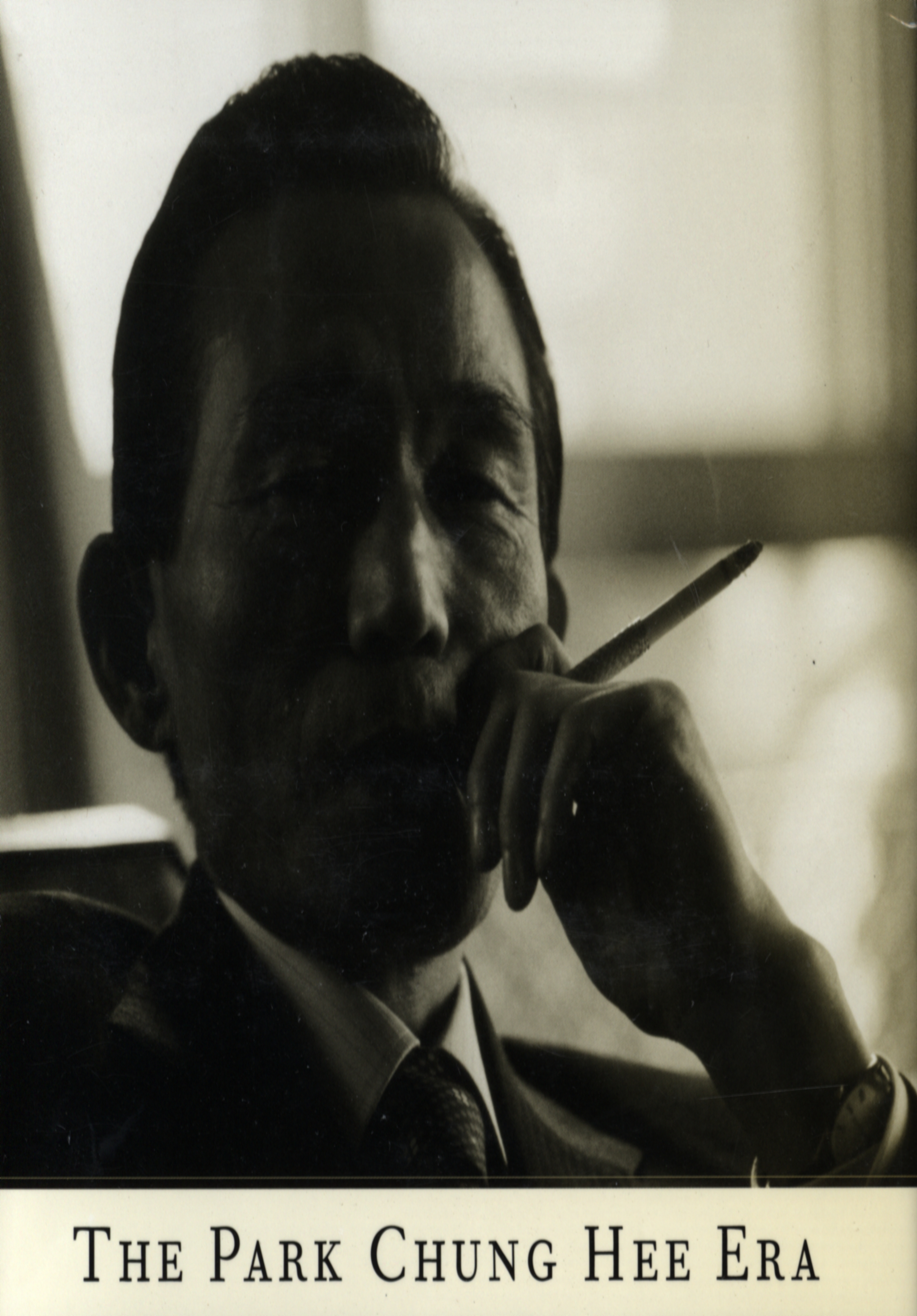
 아산아카이브즈
아산아카이브즈
 도서자료실
도서자료실

Introduction: The Case for political History
PART ONE Born in crisis
1 The May Sixteenth Military Coup = 35
2 Taming and Tamed by the united States = 58
3 State building: The Military Juntas Path = 85
PART TWO Politics
4 Modernization Strategy: Ideas and Influences = 115
5 The Labyrinth of solitude: Park and the Exercise of Presidential power = 140
6. The Armed Forces = 168
7. The Leviathan: Economic Bureaucracy under Park = 200
8.The Origins of the Yushin Regime: Machiavelli Unveiled = 233
PART THREE Economy and society
9 The Chaebol = 265
10 The Automobile Industry = 295
11 Pohang Iron & Steel Company = 322
12 The Countryside = 345
13 The Chaeya = 373
PART FOUR International Relations
14 The Vietnam War: South Koreas Search for National Security = 403
15 Normalization of Relations with Japan: Toward a New Partnership = 430
16 The security, Political, and Human Rights Conundrum, 194-1979 = 457
17 The Search for Deterrence: Parks Nuclear Option = 483
PART FIVE Comparative Perspective
18 Nation Rebuilders: Mustafa Kemal Ataturk, Lee Kuan Yew, Deng Xiaoping, and Park Chung Hee = 513
19 Reflections on a Reverse Image: South Korea under Park Chung Hee and the Philippines under Ferdinand Marcos = 542
20 The Perfect Dictatorship? South Korea versus Argentina, Brazil, Chile, and Mexico = 573
21 Industrial Policy in Key Developmental Sectors: South Korea versus Japan and Tiwan = 603
Conclusion: The Post-Park Era = 629
Notes = 651
Acknowledgements = 737
List of Contributors = 739
Index of Persons = 741